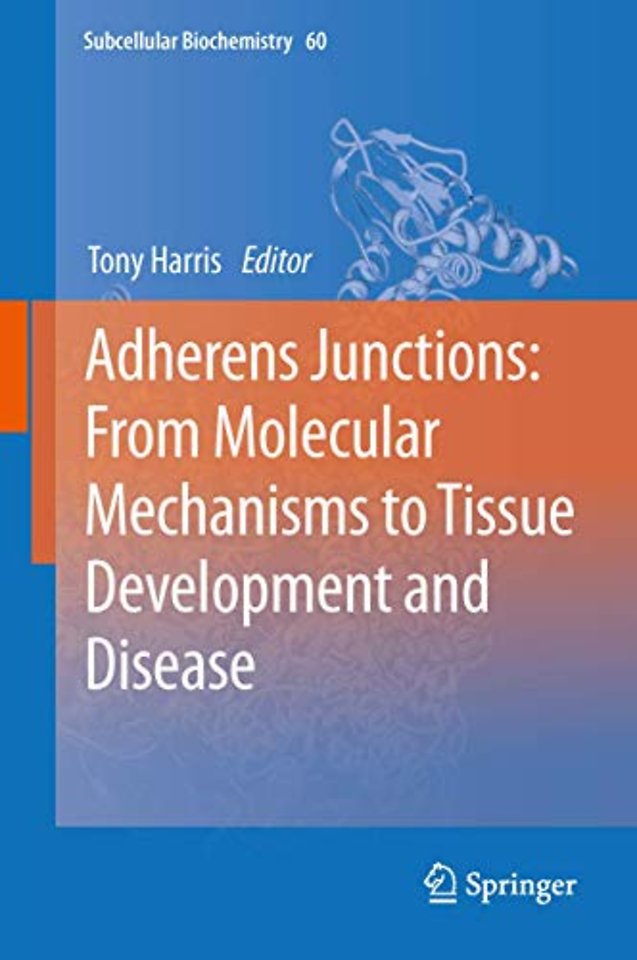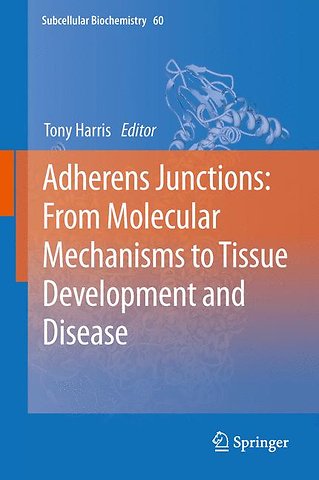Adherens Junctions: from Molecular Mechanisms to Tissue Development and Disease
Samenvatting
Cell–cell adhesion is fundamental for the development and homeostasis of animal tissues and organs. Adherens junctions (AJs) are the best understood cell-cell adhesion complexes. In this volume, a group of internationally recognized experts reviews AJ biology over a wide range of organization; from atoms to molecules, to protein complexes, molecular networks, cells, tissues, and overall animal development. AJs have also been an integral part of animal evolution, and play central roles in cancer development, pathogen infection and other diseases. This book addresses major questions encompassing AJ biology.
• How did AJs evolve?
• How do cadherins and catenins interact to assemble AJs and mediate adhesion?
• How do AJs interface with other cellular machinery to couple adhesion with the whole cell?
• How do AJs affect cell behaviour and multicellular development?
• How can abnormal AJ activity lead to disease?
Specificaties
Inhoudsopgave
Net verschenen
Rubrieken
- aanbestedingsrecht
- aansprakelijkheids- en verzekeringsrecht
- accountancy
- algemeen juridisch
- arbeidsrecht
- bank- en effectenrecht
- bestuursrecht
- bouwrecht
- burgerlijk recht en procesrecht
- europees-internationaal recht
- fiscaal recht
- gezondheidsrecht
- insolventierecht
- intellectuele eigendom en ict-recht
- management
- mens en maatschappij
- milieu- en omgevingsrecht
- notarieel recht
- ondernemingsrecht
- pensioenrecht
- personen- en familierecht
- sociale zekerheidsrecht
- staatsrecht
- strafrecht en criminologie
- vastgoed- en huurrecht
- vreemdelingenrecht

